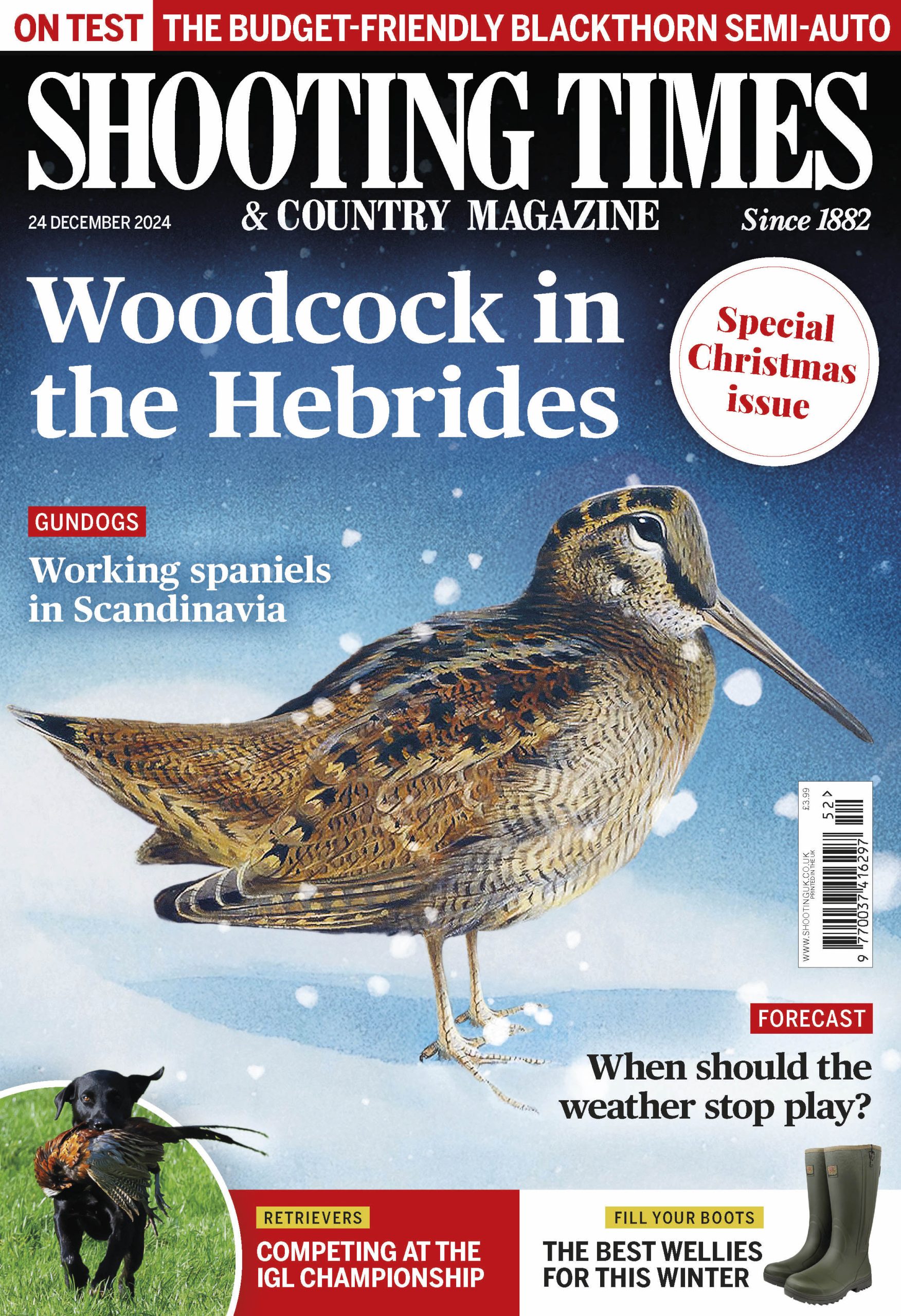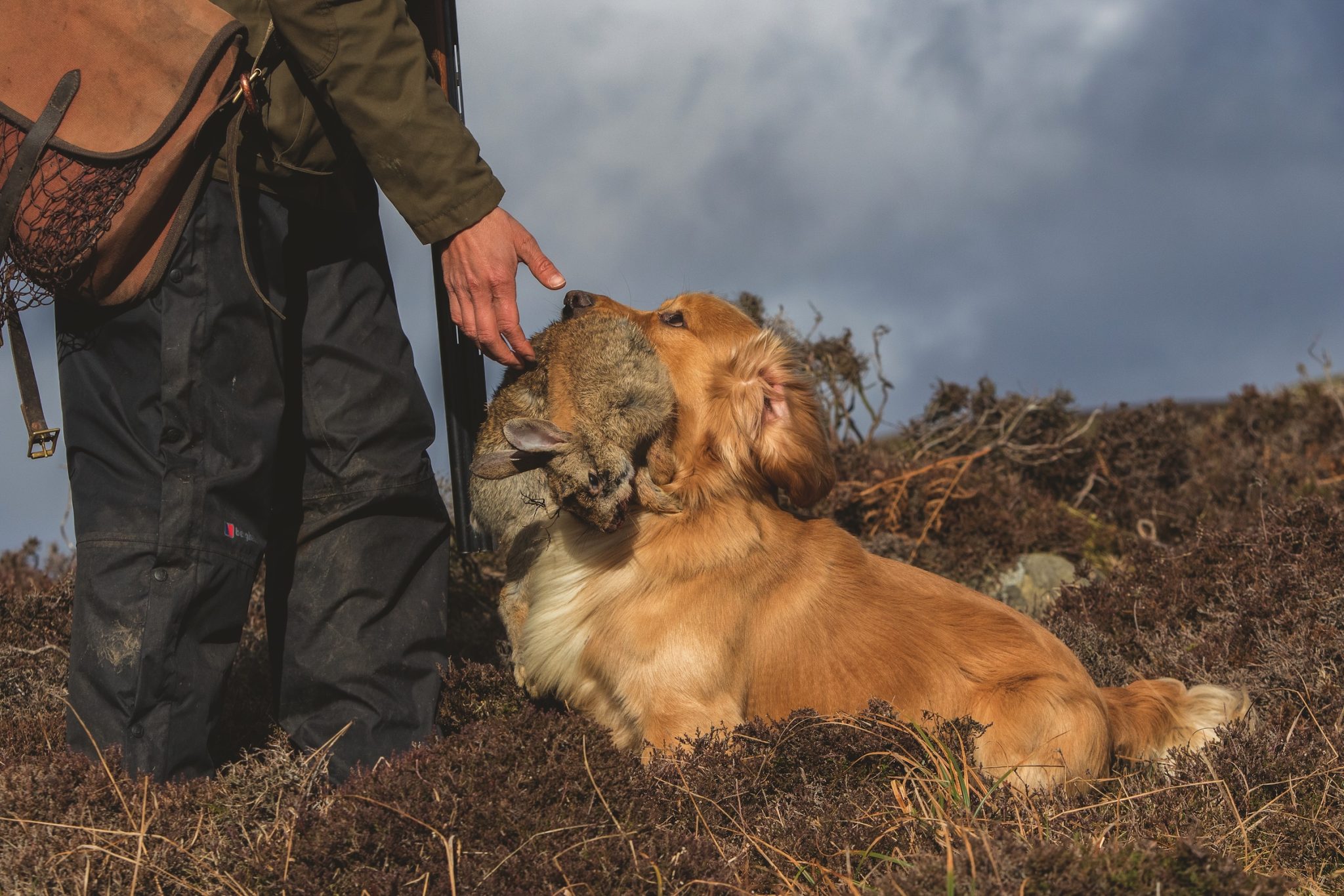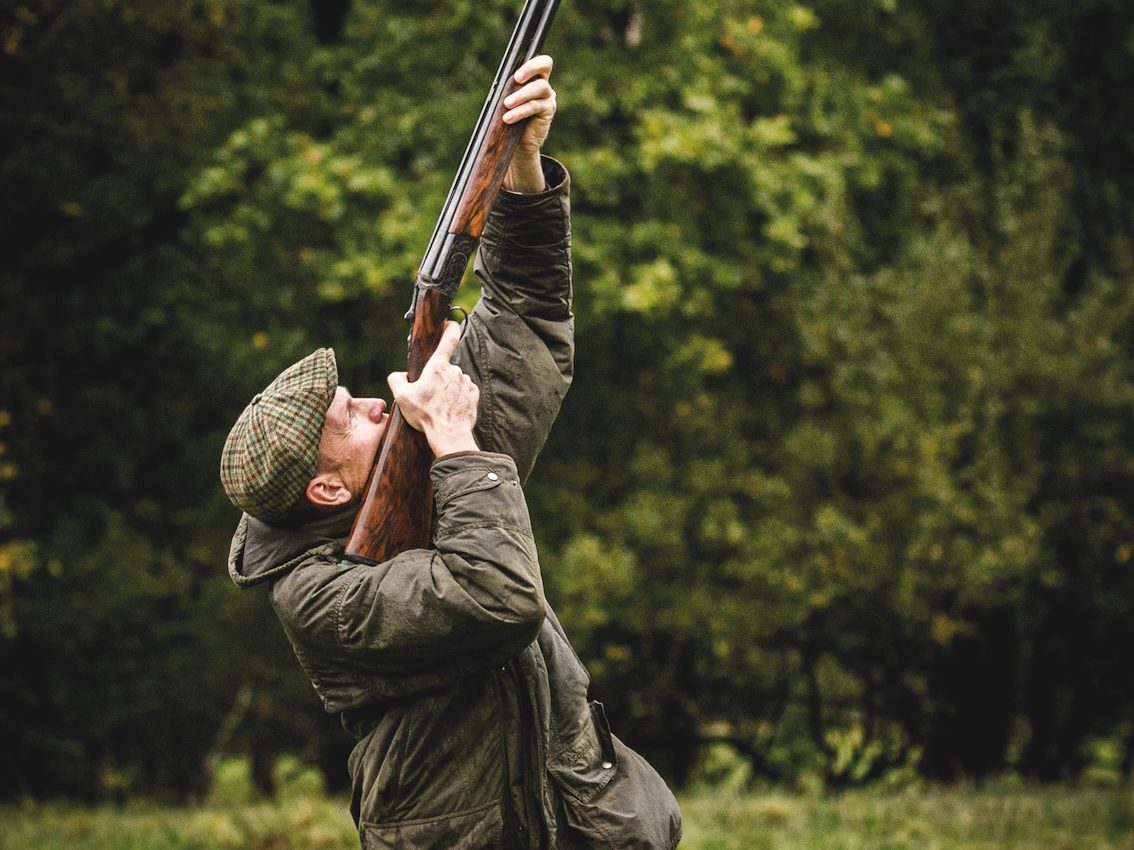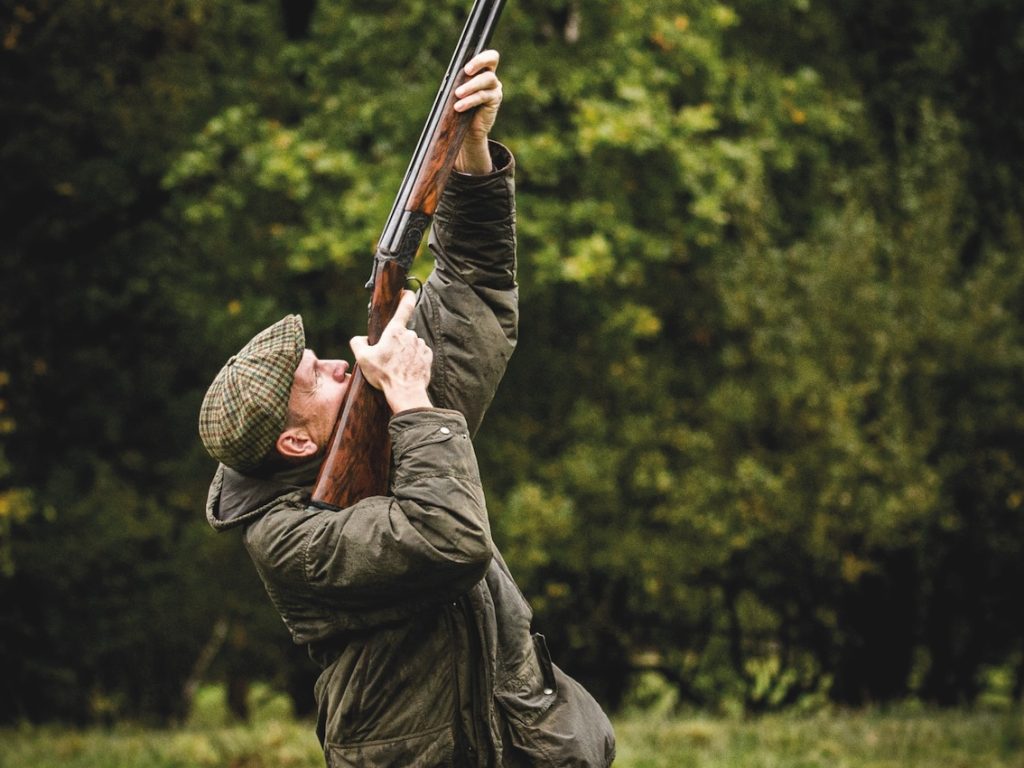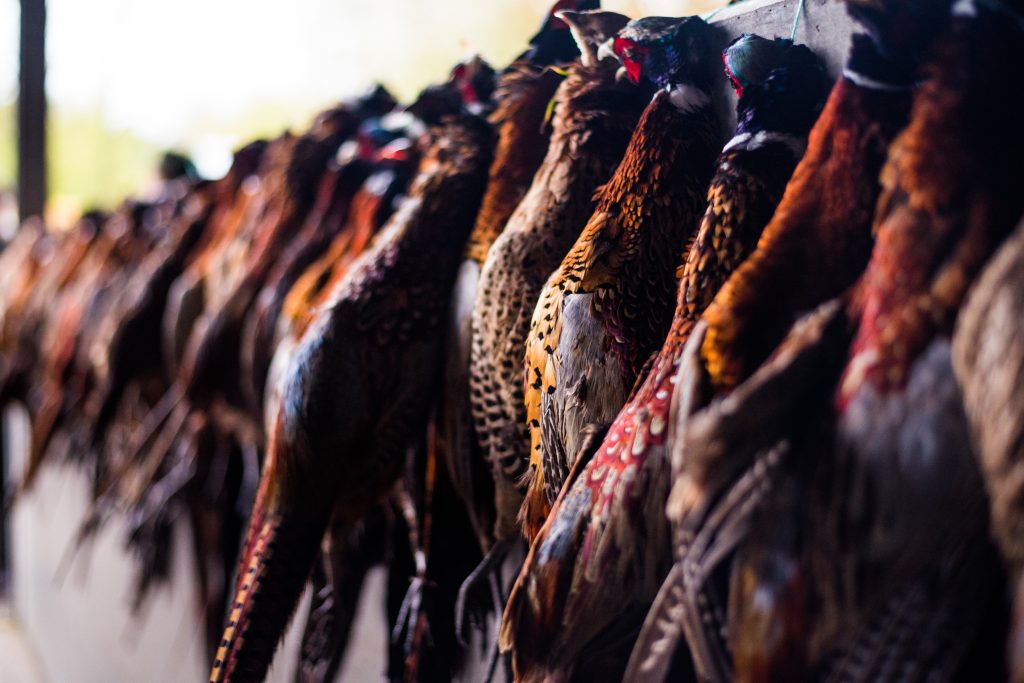Win CENS ProFlex DX5 earplugs worth £1,149 – enter here
Beretta S687 Diamond Pigeon matched pair shotgun review
This matched pair of Beretta S687 EELL Diamond Pigeon 28-bores would certainly make the ultimate Christmas present.
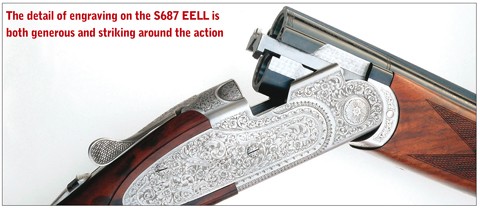
A matched pair: if they are not able to be identified by the gold inlaid numbers, 1 and 2 (or also serial numbers), it should be virtually impossible to tell them apart.
So, how does this dainty pair of 28-bores score?
Fine-quality walnut
In appearance they are virtually the same. Only the most subtle variations in the dark, heavily-veined, oil-finished stock wood give the slightest clue how to tell them apart.
Even if these did not actually grow side by side in the same tree they are of identical fine quality, density and weight. Cast off for right-handed use, they also have a commendable amount of toe-out while length of pulls measured the same at a shade more than 14.5/8in.
Drop on both stocks is just less than 1.1/2in at the tip of the comb and 2.1/2in at the heel. Even the positioning of the ovals is the same and that is no mean feat.
The fore-end wood is just a shade lighter than the stocks but complementary in appearance, quality and finish. Wood-to-metal fit is good and where wood is raised slightly above the steel it is the same on both, continuing the theme of a genuine pair. This is also obvious in the chequering, and one of the benefits of laser cutting must be the ability to produce identical patterns.
Striking engraving
I think most of us have a fondness for engraving, even if sometimes we might claim (perhaps somewhat half-heartedly) that it is not necessary for a good shooting gun.
For fans of engraving, these two guns display a most generous application, from the fences and top-lever to the sideplates, sides and bottom of the action body, fore-end knuckle and trigger-guard. The patterns are striking to the eye, clean-cut and, of course, the same.

Related Articles
Get the latest news delivered direct to your door
Subscribe to Shooting Times & Country
Discover the ultimate companion for field sports enthusiasts with Shooting Times & Country Magazine, the UK’s leading weekly publication that has been at the forefront of shooting culture since 1882. Subscribers gain access to expert tips, comprehensive gear reviews, seasonal advice and a vibrant community of like-minded shooters.
Save on shop price when you subscribe with weekly issues featuring in-depth articles on gundog training, exclusive member offers and access to the digital back issue library. A Shooting Times & Country subscription is more than a magazine, don’t just read about the countryside; immerse yourself in its most authoritative and engaging publication.


